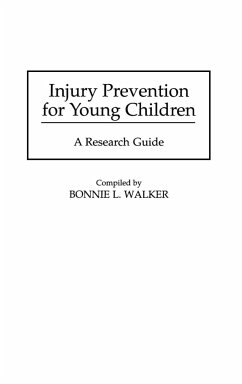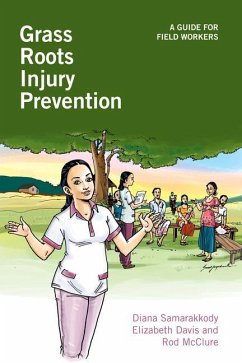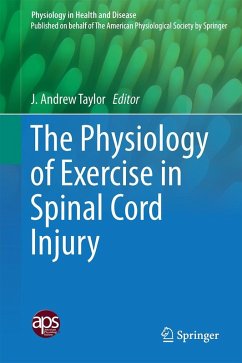
Injury Prevention
An International Perspective: Epidemiology, Surveillance, and Policy
Versandkostenfrei!
Versandfertig in 1-2 Wochen
87,99 €
inkl. MwSt.

PAYBACK Punkte
44 °P sammeln!
Throughout the world, injuries are the leading cause of death for young adults, adolescents, and children. Injury death and hospitalization are also high among the elderly. With the improved prevention and treatment of infectious and degenerative diseases, the importance of injuries as a debilitating factor has rapidly increased around the world. Better living conditions have decreased the number of some types of injuries--such as drownings and burns--but the proliferation of new, high-energy vehicles, machinery, and weapons has offset this trend by significantly increasing the number of other...
Throughout the world, injuries are the leading cause of death for young adults, adolescents, and children. Injury death and hospitalization are also high among the elderly. With the improved prevention and treatment of infectious and degenerative diseases, the importance of injuries as a debilitating factor has rapidly increased around the world. Better living conditions have decreased the number of some types of injuries--such as drownings and burns--but the proliferation of new, high-energy vehicles, machinery, and weapons has offset this trend by significantly increasing the number of other types of injuries. This book documents the nature and magnitude of the problem and provides basic approaches to injury prevention. Injury statistics are supplied for many developing countries and indigenous populations as well as for industrialized nations. Important differences among countries and cultures affecting the types and circumstances of injury are illustrated in tables and figures that present extensive data and greatly enhance the book's usefulness. The many types of injuries covered in detail include those related to traffic, falls, burns, drowning, poisoning, animal and insect bites, envenomations, occupation, disasters, suicide, and homicide. The authors take a methodologic approach to the analysis of the health impact, circumstances, and costs of injuries. They detail the costs and health impact of injuries, as well as the role of health services in injury prevention. They describe surveillance methods and effective preventive measures that can be implemented relatively easily even in countries with limited resources. Reflecting the authors extensive experiencein injury prevention in a variety of countries, this book will help readers understand this major health problem, the changes that could reduce it, and the means of influencing crucial public policies. Succinct and practical, Injury Prevention is intended for public he












